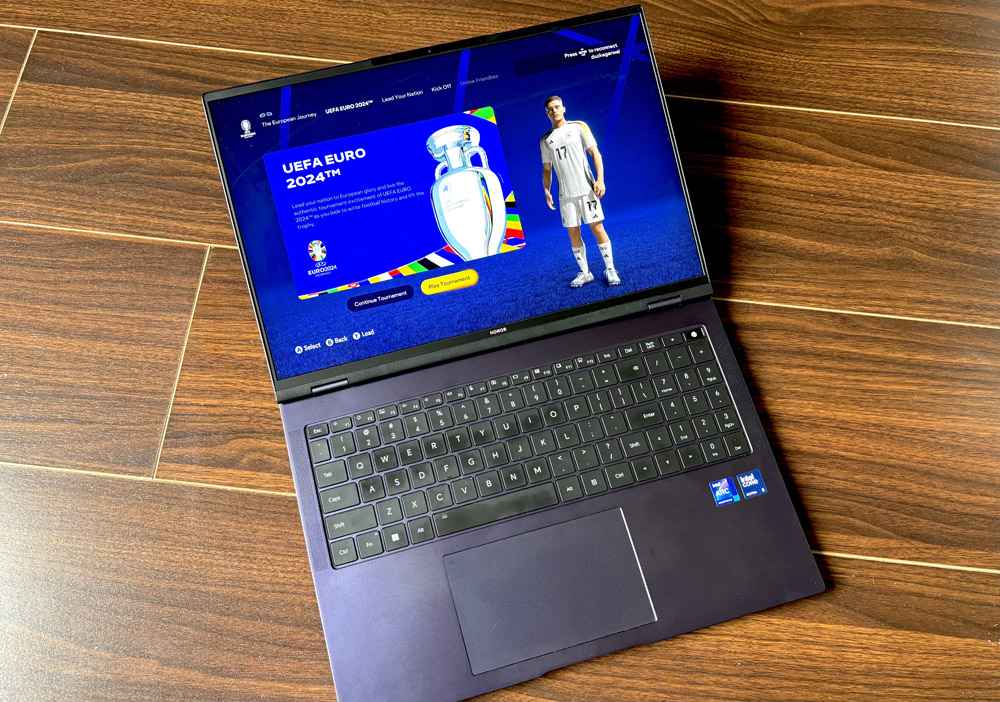
I’ve never been into gaming laptops. Though they seem a perfect fit for a casual gamer like me, I’ve always found them expensive, heavy, too flashy for someone who spends more time in Gmail than Steam, and compromising on essentials like battery life for performance.
While looking for a new notebook that’d let me hit a few Counter-Strike or FC24 rounds and could accompany me on work trips, I knew dedicated GPU-equipped gaming laptops and traditional ones like the MacBook were out of the question.
So when I tested Honor's new Intel Arc-powered MagicBook Pro 16 — a laptop that promises to blend the best of both worlds — I was hopeful that it would strike the right balance between work and play.
From the outset, the MagicBook Pro 16 looks far from a typical gaming laptop — because it's not meant to be one. It’s a high-performance machine built to rival the Apple MacBook 16 at half the cost.
Honor, which tech giant Huawei sold off in 2020, first made the MagicBook Pro 16 available in Europe, where it costs 1,300 euros (about $1,400). However, a company spokesperson tells Laptop Mag that the MagicBook Pro 16 will soon arrive in the US.
For that price, it offers more value than most of its competitors. It comes loaded with above-average specs, including a 3K 165Hz screen, an Intel Core Ultra 5 14-core processor (the Core Ultra 5 Processor 125H), an expandable 1TB SSD, 24GB of RAM, and plenty of ports.
It weighs just 3.9 pounds, which is about 17% lighter than Apple’s MacBook Pro 16, which weighs 4.8 pounds.
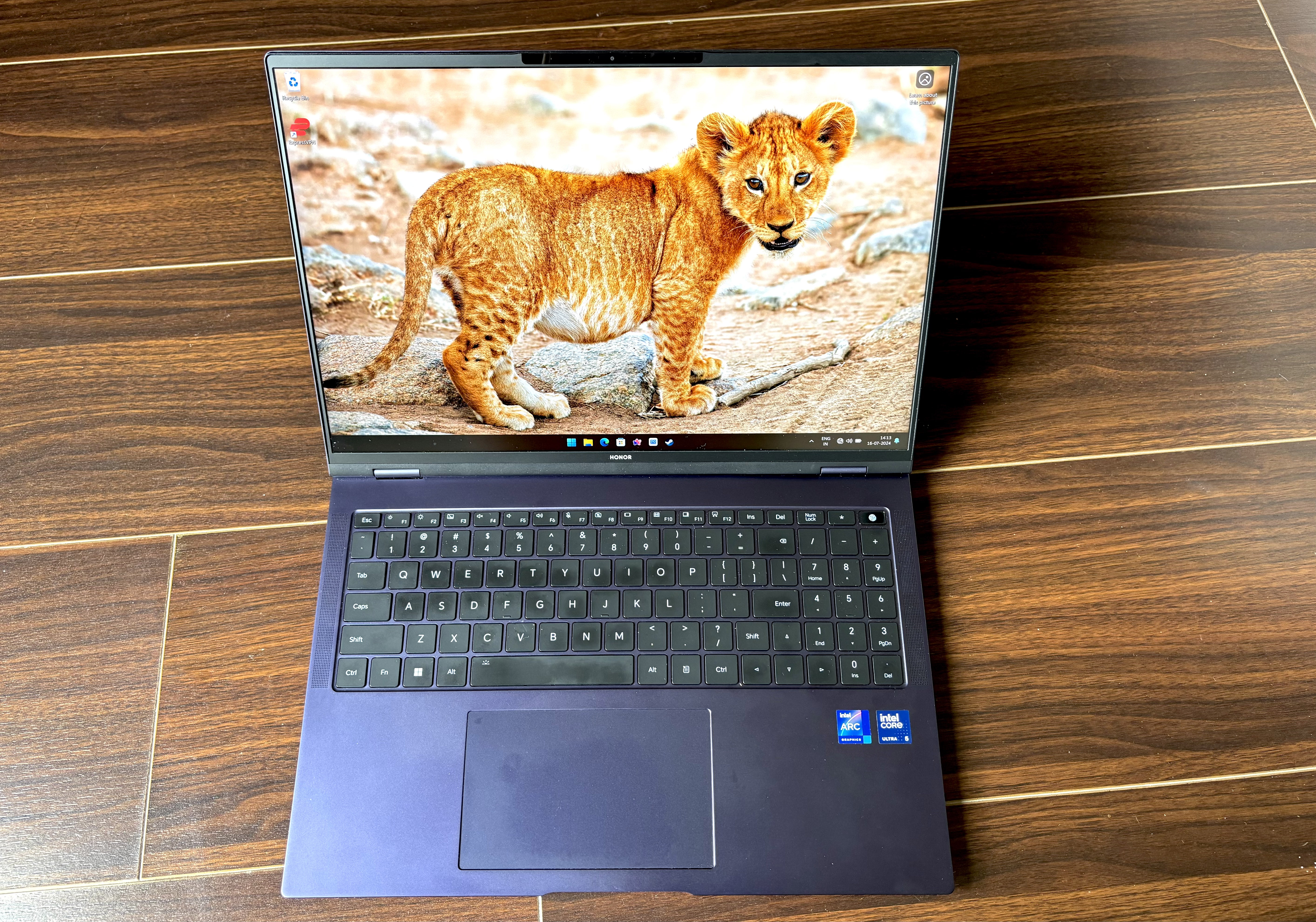
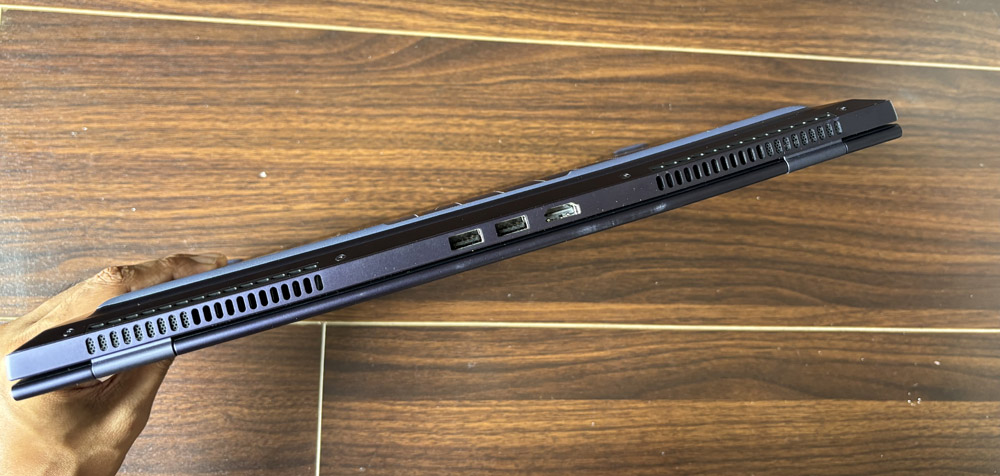
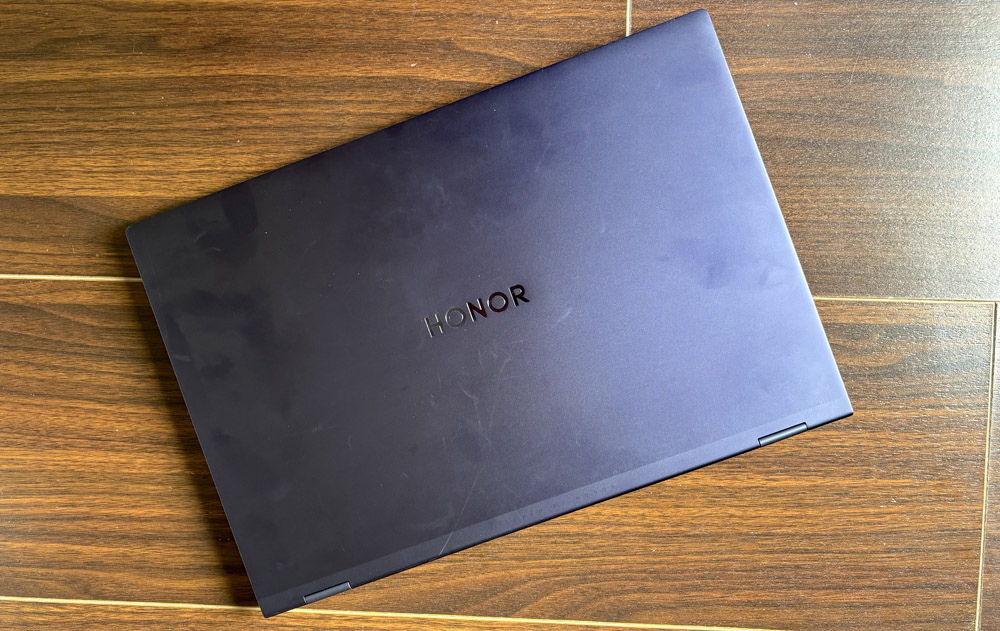
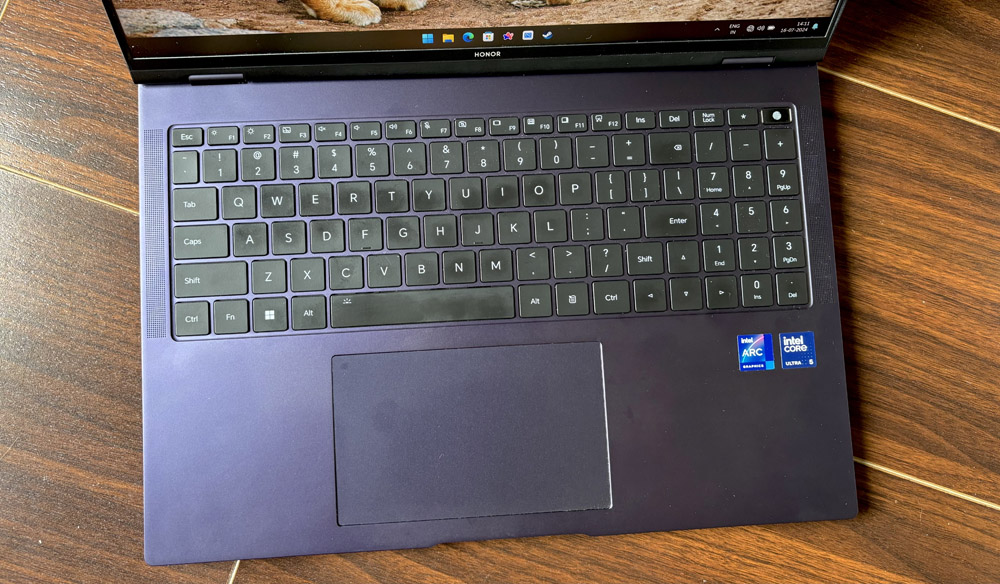
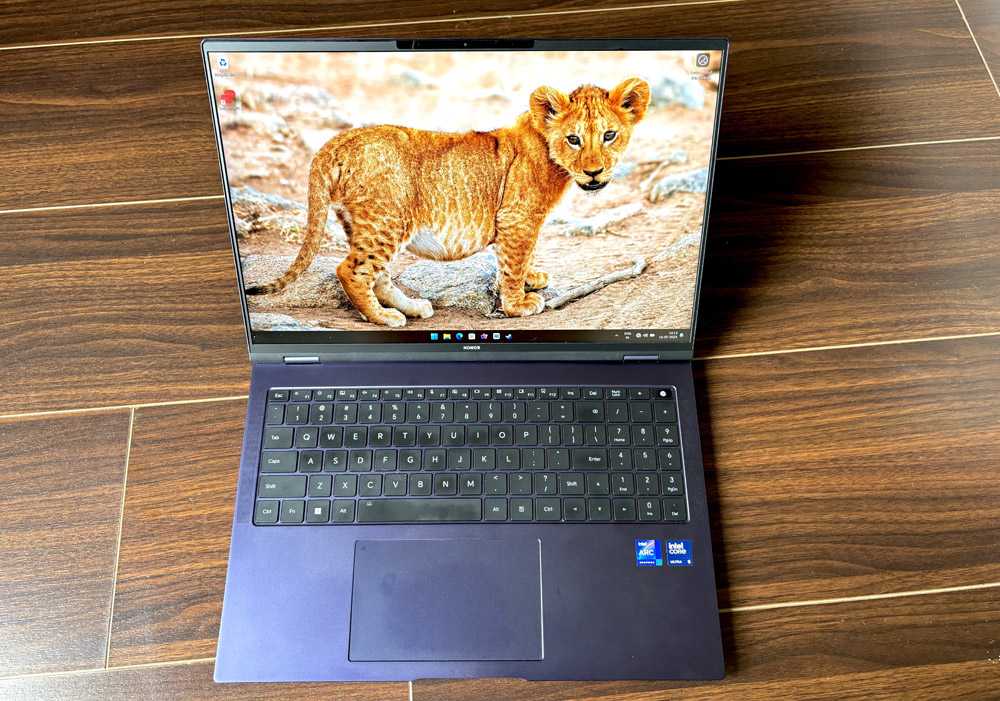
Of course, I was more interested in how capable the new Intel Arc-integrated graphics is at gaming. After all, no laptop has ground to a halt while I rearrange slide decks. And I’m glad to report I was pleasantly surprised.
First-person shooters like Call of Duty Warzone, Valorant, and Counter-Strike Global Offensive ran at a comfortable 60 frames per second on low-medium settings on the Honor MagicBook Pro 16, even when I had an external monitor connected.
Switching to more resource-intensive titles such as Forza Horizon 5, EA Sports FC 24, and Microsoft Flight Simulator knocks the FPS down to 30-40, where the games are still enjoyable and don’t stutter. Loading times take longer, but the transitions were smooth once I was inside a mission or a game.
On the 3DMark benchmark, the Honor MagicBook Pro 16’s Intel Arc GPU scored a decent 3779 in the Time Spy test and 28,928 in the Night Raid test.
Plus, the MagicBook 16 Pro does well in creative tasks. In Photoshop, for instance, it could render multi-layered projects with relative ease, and tools such as AI Image Filler were snappy in response. Though its performance is nowhere near a dedicated GPU in video editing, it can handle editing software like Davinci Resolve and Premier Pro lag-free, albeit while taking extra time to process exports.
The Honor MagicBook 16 Pro flies in more routine workflows. In the three weeks I spent putting it through its paces, I faced zero stutters, for example, multitasking between Google Chrome tabs, Zoom, and Slack. It wakes you up from sleep instantly, too, and resumes where you left off without any crashes.
What I especially liked about the Honor MagicBook 16 is how well its hardware complements each other to offer a superior overall experience than the competition. Watching movies or playing games on the 16-inch 3K screen is a joy.
Thanks to the 100% DCI-P3 gamut, it's vibrant and accurate and plenty bright for the outdoors. There’s also an e-book mode you can switch to, where the laptop reduces flickers and uses blue light to reduce eye strain.
The six speakers, similarly, produce a rich and loud sound that can feel immersive, courtesy of the built-in subwoofer. The pair of internal mics also make it one of the first Windows notebooks to support spatial audio.
The MagicBook Pro 16’s heat dissipation system, which houses a quiet fan and a three-heat pipe design, keeps the laptop relatively cool and quiet in most scenarios. During gaming, though, its base temperature rises to an uncomfortable level. However, that doesn’t extend to the palm rest, nor does it throttle the performance.
Honor stuck to a functional look for the MagicBook Pro. Its aluminum, stealthy exterior feels and appears sleek and premium. More importantly, its subtle wedge shape raises the keyboard ever so slightly when it’s open to create a more comfortable typing angle.
Speaking of which, it has a large, full-size keyboard with a number pad, and though it is generously tactile at a 1.5mm key travel, it can come off as a bit crowded. The right-side Shift and Enter keys are especially cramped and take a while to get used to. I have no complaints about the spacious touchpad, on the other hand, and the 5-point touch means you’ll have no trouble activating Windows gestures.
Another pet peeve of mine is that both of the MagicBook Pro’s USB-C slots are on the left. I would have preferred at least one of them on the right so that I don’t end up in a cable mess if the power socket is on the right.
It would also have been handier to have face unlock like most Windows laptops, as opposed to the fingerprint reader available on the MacBook Pro, which, though fast, is not as seamless. Apart from that, there are two USB-A and standard HDMI ports on the laptop’s lower back.
Despite the top-end specs, the Honor MagicBook Pro’s 75Wh battery lasts surprisingly long during my hands-on usage — although Laptop Mag hasn't officially tested its battery. In non-gaming day-to-day sessions, such as a mix of document editing, video conferences, and web streaming, it lasted about seven hours between charges.
At $1,400, the Honor MagicBook 16 Pro offers value for those seeking a top-of-the-line business laptop that can also game. Other than a handful of minor complaints I had, such as the crowded keyboard, it’s been hard to fault it.
After years of underwhelming performance, I’m excited about what the next editions of Intel’s integrated graphics can do.







